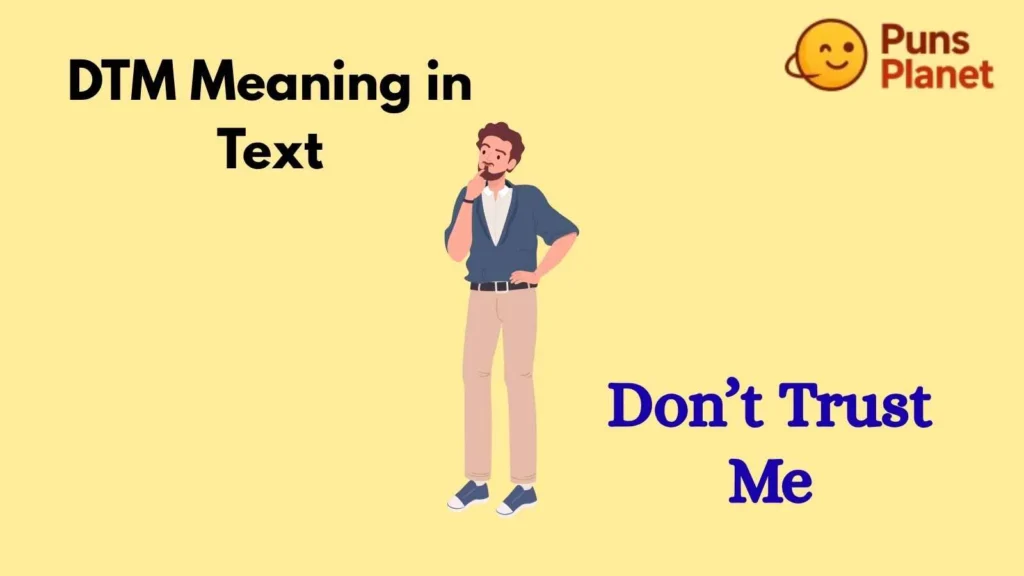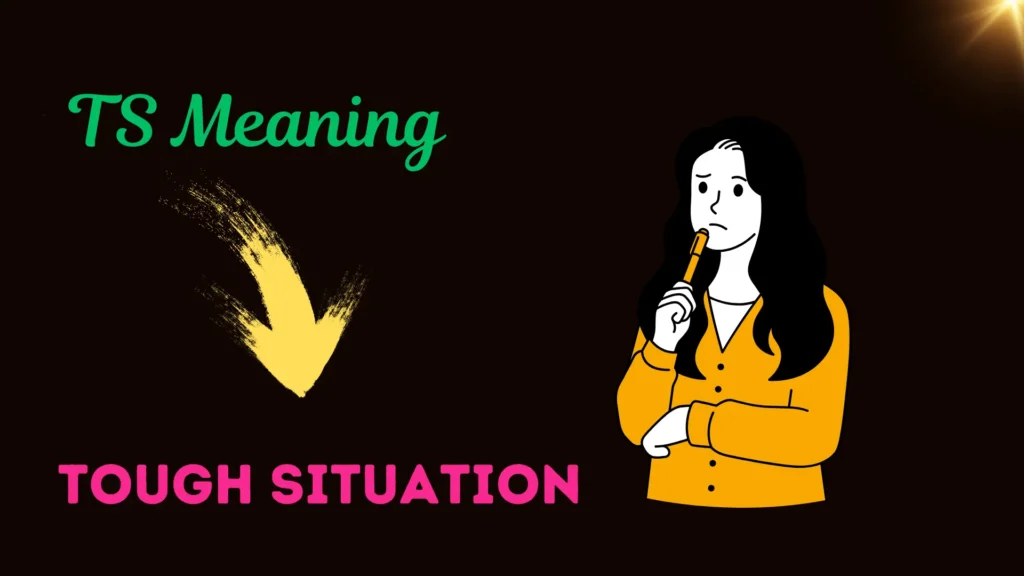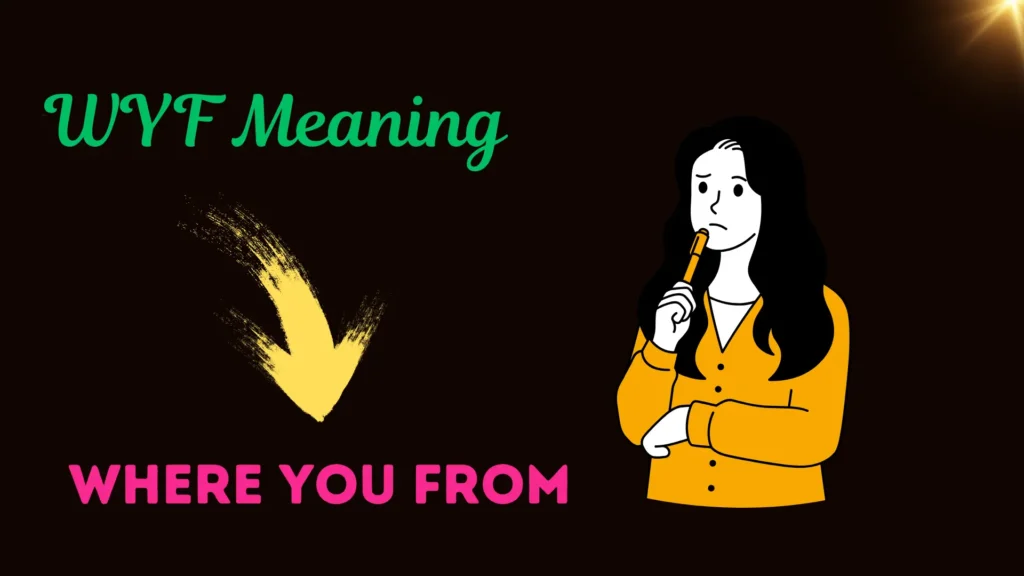Have you ever scrolled through a group chat or saw “DTM” in a comment and wondered what it means? You’re not alone.
In the noisy world of abbreviations and internet slang, DTM meaning in text can be elusive.
Whether you’re chatting with friends or reading social media posts, this guide will help you decode DTM fast.
🔍 What Does DTM Mean?
The acronym “DTM” is common in texting and online conversations. It usually stands for:
- “Don’t Trust Me” — used to warn someone not to believe something or someone
- “Down to Meet” — used to suggest meeting in person or express willingness to get together
- “Digital Traffic Management” — a more technical or corporate use (less common in chats)
Which meaning you pick depends on the context of the conversation. The same letters can carry different tones — playful, serious, or technical.
Origins and Usage
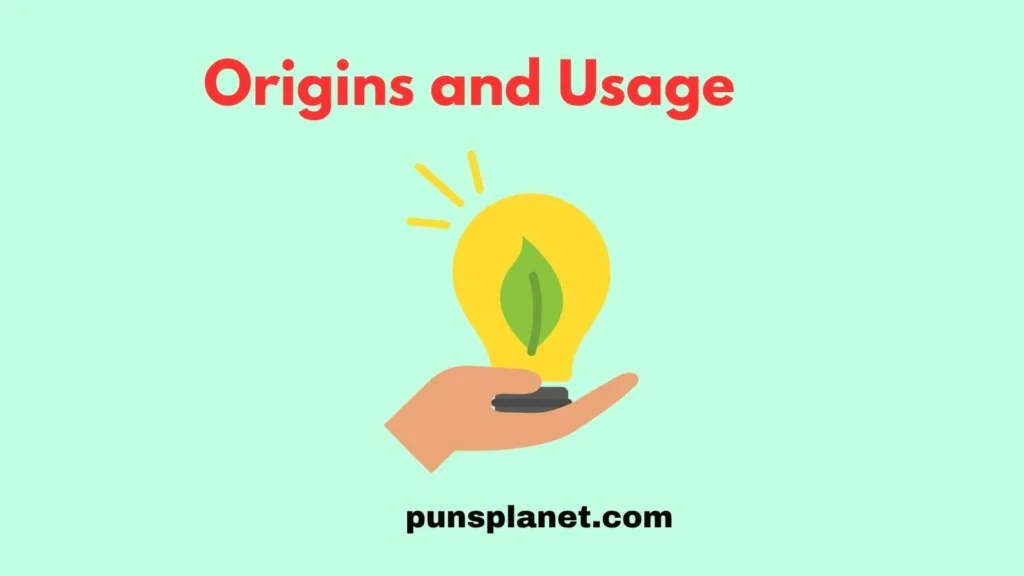
DTM has evolved as part of the fast-paced culture of texting, social media, and chat apps. It’s born from a need for speed and brevity. Over time, different communities attached different definitions to it.
The tone and intention behind “DTM” can change depending on who uses it: friends, coworkers, or a brand’s support chat.
When “DTM” Means “Don’t Trust Me”
One of the more popular interpretations is “Don’t Trust Me.” In this usage, DTM functions as a warning or disclaimer.
Examples:
User1:“He said he’d pay by Friday… DTM.” → Meaning: Don’t trust that promise.User2:“That sketchy website? DTM, I heard it’s a scam.” → Meaning: Don’t trust it.
This usage tends to come up in casual conversations, forum discussions, or when someone doubts someone’s credibility.
Tone & Emotional Impact
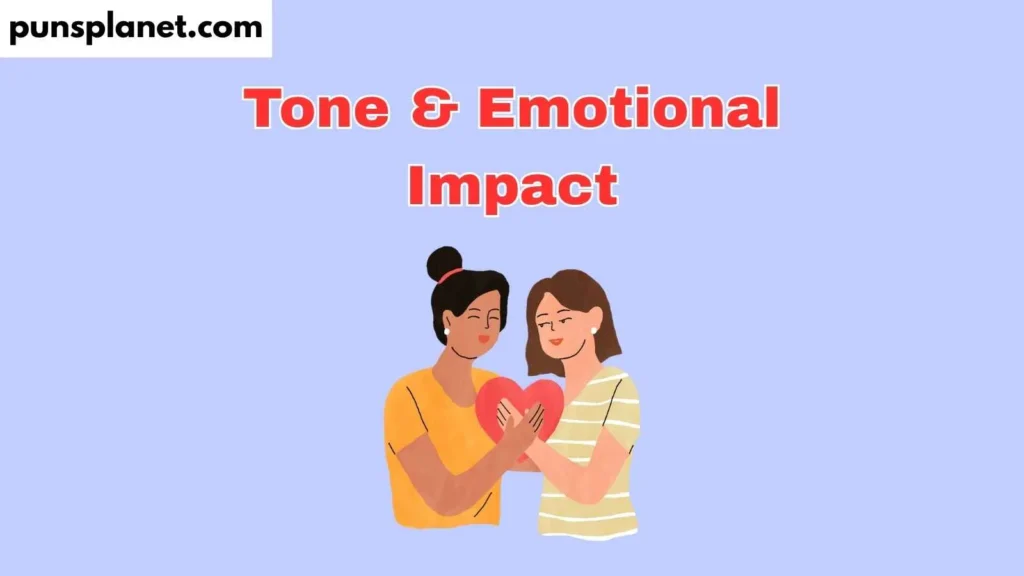
Using “DTM” in this sense can sound skeptical or protective. It signals distrust and urges caution. That emotional tone helps the recipient understand the speaker’s hesitation.
When “DTM” Means “Down to Meet”
Another casual meaning of DTM is “Down to Meet.” It implies willingness to meet up with someone in person.
Examples:
Friend A:“Let’s grab coffee this week?”Friend B:“Sure! DTM.”Chat group:“Are you all free Saturday evening?”Participant:“I’m DTM for dinner.”
Here, it’s casual and positive — a friendly agreement to meet. Tone is upbeat and open.
When It’s Appropriate
Use this version of DTM when chatting with friends, planning meetups, or coordinating plans. It tends to be used in informal settings rather than professional or formal messaging.
Less Common: Technical or Business Use
In specific professional or technical conversations, DTM may appear as “Digital Traffic Management.” That’s more niche and unlikely to pop up in everyday texting.
For example, in a marketing or IT context you might see:
“DTM dashboard shows user clicks and funnel traffic across digital campaigns.”
But that’s clearly different from casual chat — so always look at the audience and the message’s purpose when interpreting DTM.
How to Determine Which “DTM” Someone Means

Since “DTM” can have multiple meanings, context is key. Here are some tips to figure it out:
| What To Check | Why It Matters |
|---|---|
| Who sent it | Your friend? A colleague? A brand account? |
| Conversation topic | Planning a meetup? Sharing warnings? Talking business? |
| Tone and punctuation | Exclamation or question mark? Formal or casual phrasing? |
| Other surrounding acronyms or emojis | Like “ttyl,” “brb,” “lol,” or 🚀, ❤️ — gives you clues. |
Ask yourself these questions:
- Is anyone expecting you to show up somewhere?
- Is there a warning or doubt expressed?
- Does the chat flow with positivity or suspicion?
Common Mistakes & Misunderstandings
Here are a few pitfalls:
- Assuming it’s always “Down to Meet” — when it may mean “Don’t Trust Me.”
- Misinterpreting tone — what seems playful may mask skepticism.
- Using it in formal writing or business chat — that may confuse or offend.
- Not clarifying — if uncertain, it’s okay to ask, “What do you mean by DTM?”
Variations:
When writing about DTM meaning in text, related terms often appear. Be aware of these variations:
When & Why People Use DTM
Why is DTM so popular?
- Speed: Texting abbreviations help you reply quickly.
- Group chat culture: Short acronyms build a casual, insider feel.
- Privacy or emphasis: “Don’t Trust Me” hints at uncertainty without a long explanation.
- Planning ease: “Down to Meet” saves space when arranging plans.
Think of DTM like emoji — short, punchy, and loaded with implied meaning.
Examples in Real Conversations
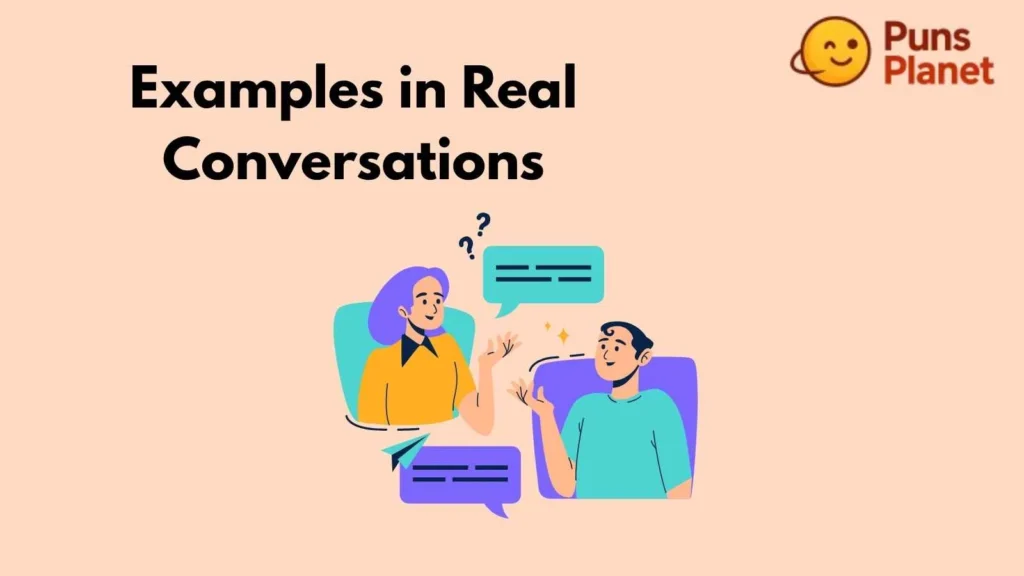
Here are a few sample conversations that show how DTM is used in action:
Chat 1:
Friend A: “I’ll try to come by 8 pm tonight.”
Friend B: “DTM?”
Friend A: “Yes, I’m down to meet!”
Chat 2:
User1: “He said the company’s legit.”
User2: “DTM — I heard otherwise.”
Chat 3:
Team lead: “Check the analytics dashboard.”
Engineer: “DTM traffic looks stable.”
(Note: This is technical usage.)
Tips for Using “DTM” Smoothly
Here are some best practices to handle DTM well:
- Don’t overuse it: In long conversations, sprinkle full words instead.
- Match tone: Use “DTM” only with people familiar with texting slang.
- Clarify if needed: If someone looks confused, type it out: “Down to Meet.”
- Avoid in formal writing: Resumes, business emails, or for someone you don’t know well.
- Combine with emoji: “DTM 😊” softens the tone; “DTM 🤨” shows doubt.
FAQs:
1. Can DTM have other meanings?
Yes — across niche communities, DTM may have additional definitions. But “Don’t Trust Me” and “Down to Meet” are the most common in everyday chat.
2. Is DTM appropriate in workplace chat? 🏢
Generally no — unless you’re in a very casual startup team. Use full words instead to avoid ambiguity.
3. How do I respond if someone writes “DTM?”
You can reply with a clear answer: “Yes, I’m down to meet,” or “I’m not confident about that info.” It depends on which meaning fits the situation.
4. Could DTM be misinterpreted? How to avoid that?
Yes, misinterpretation is possible. To avoid that, consider clarifying: “By DTM do you mean ‘down to meet’?” or ask “Can you clarify what you meant?”
5. Is DTM commonly used internationally?
Yes — texting slang travels fast. You may see DTM used by English speakers across different countries. However, regional slang may differ, so always check context.
Conclusion:
Understanding DTM meaning in text helps you decode conversations faster, avoid confusion, and join in naturally.
Whether someone is saying “Down to Meet” or warning you with “Don’t Trust Me,” context is everything.
Use DTM wisely, especially in informal chats — and when in doubt, clarify.

